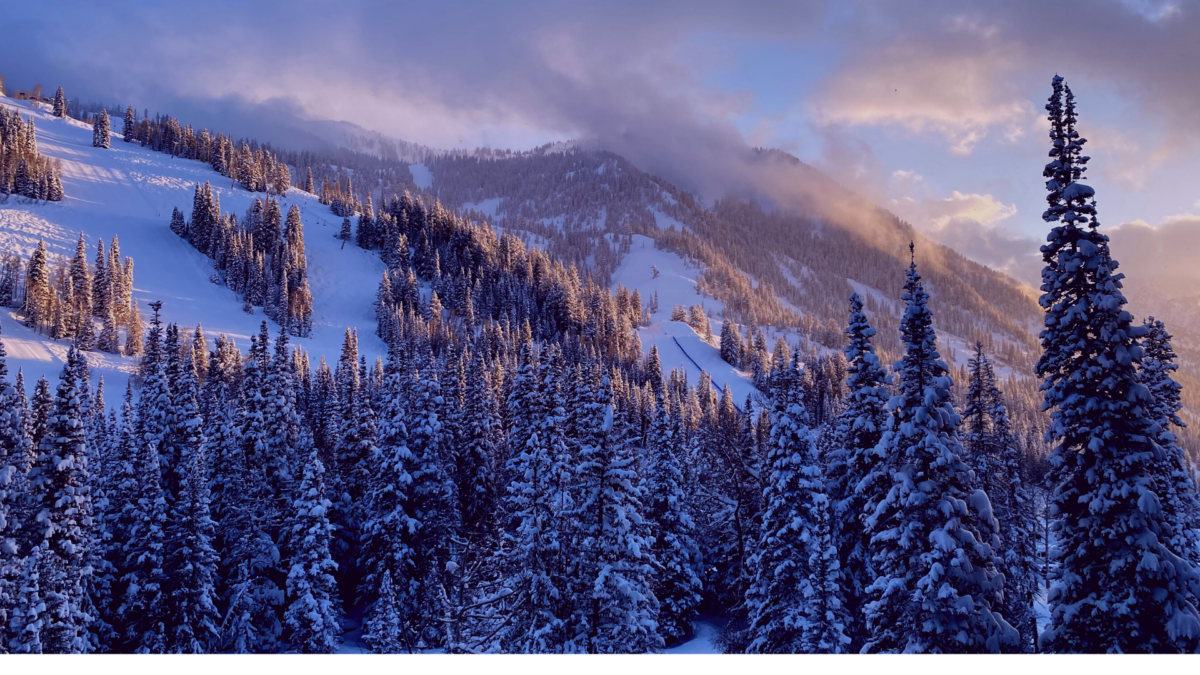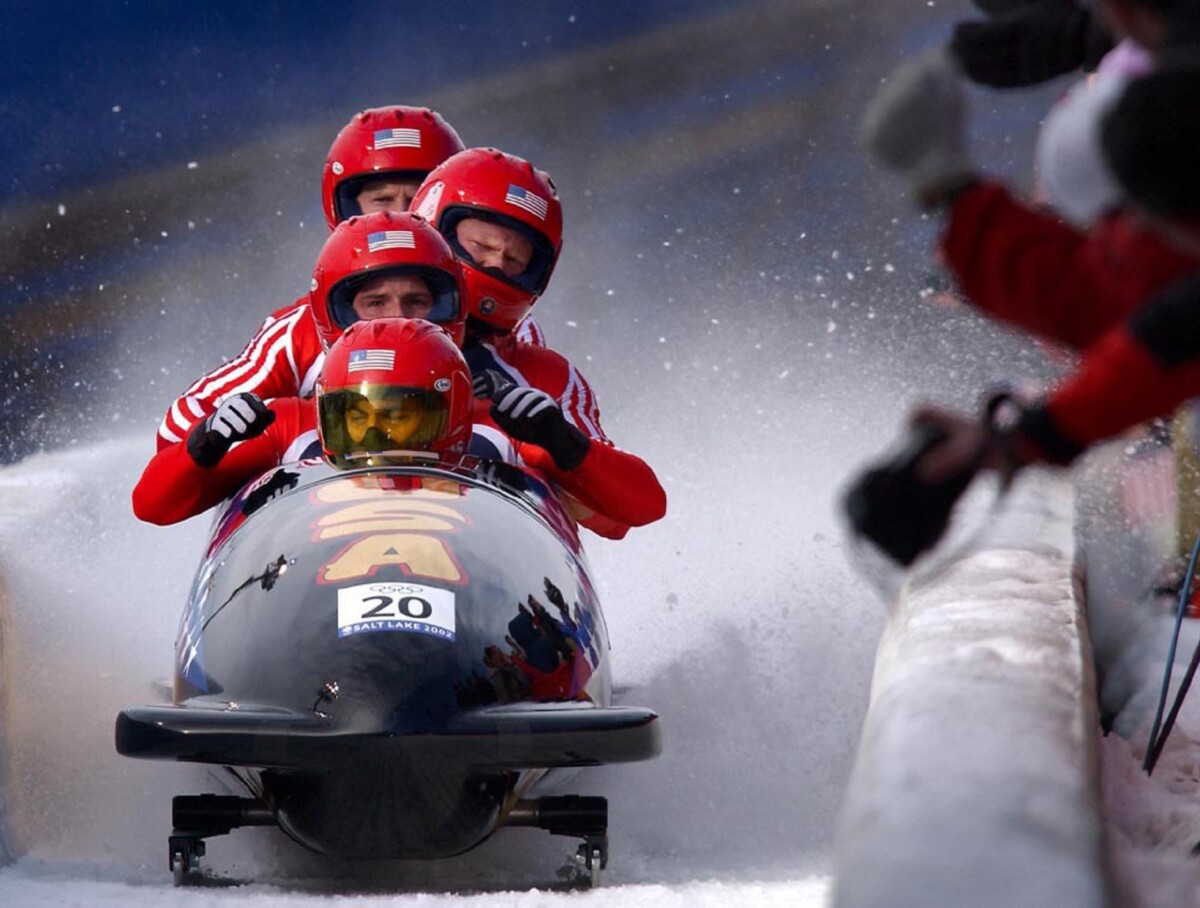Utah is a world-renowned skiing destination. It is home to what Jim Steenburgh’s book describes as the “Greatest Snow On Earth.” Thanks to the Wasatch Front’s frequent storms, snow conditions are often ripe for primetime skiing.

Courtesy of Lukas Kloeppel via Pexels, free to use via CC0 (https://creativecommons.org/publicdomain/zero/1.0/)
Link: https://www.pexels.com/photo/brown-concrete-building-2416589/
Utah’s reputation as an international destination for winter sports was put to the test in 2002 with the hosting of the Salt Lake City Winter Olympics. That is a big commitment–academic analysis by Philip Porter and Deborah Fletcher’s paper “The Economic Impact of the Olympic Games: Ex Ante Predictions and Ex Post Reality” finds that proposed economic benefits of hosting the Olympic Games are often overstated, and when complete host cities are left with tremendous debts.

Can anything mitigate these challenges? What about long-term investments such as transportation infrastructure? Transportation developments figured significantly in the run-up to the 2002 Olympic Winter Games and have transformed Salt Lake City since. This podcast takes on whether transportation developments in Salt Lake City impacted the operation of the Games, and if so, what those effects have been on the city since.

From Wikimedia Commons, user “famartin” (https://commons.wikimedia.org/wiki/User:Famartin)
Under Creative Commons Attribution Share Alike 4.0
Link to creative license https://creativecommons.org/licenses/by-sa/4.0/legalcode
Link to photo search on Wikimedia Commons: https://commons.wikimedia.org/w/index.php?search=Salt+Lake+City+interstate&title=Special:MediaSearch&go=Go&type=image
MotionArray: “Sound inside racing car 1” stock sound: https://motionarray.com/sound-effects/sound-inside-racing-car-171601/ (used in intro to highway section of podcast)
Information for header image:
“Transportation” of an alternate type during the 2002 Olympic Winter Games (bobsleigh event)
Link to image from Pexels: https://www.pexels.com/photo/men-winter-ice-sport-38631/
Free to use under CC0
Bibliography
Bach, Trevor. “A Booming Salt Lake City Tries to Manage Its Growth.” U.S. News & World Report. U.S. News & World Report, March 6, 2020. Last modified March 6, 2020. Accessed May 8, 2021. https://www.usnews.com/news/cities/articles/2020-03-06/a-booming-salt-lake-city-tries-to-manage-its-growth
Chappelet, Jean-Loup. 2002. “From Lake Placid to Salt Lake City: The Challenging Growth of the Olympic Winter Games Since 1980.” European Journal of Sport Science 2 (3): 1. doi:10.1080/17461390200072302.
Davidson, Lee. “The Utah Effect: 25% of Downtown Salt Lake Travelers Use Mass Transit, Just 3.4% for Metro Area.” The Salt Lake Tribune, June 15, 2015.
Gochnour, Natalie, Juliette Tennert, Jennifer Leaver, and Meredith King. “Utah’s Olympic Economic Legacy.” Kem C. Gardner Policy Institute. University of Utah, February 2018. Last modified February 2018. Accessed May 7, 2021. https://gardner.utah.edu/wp-content/uploads/Olympic-Brief.pdf.
Knight, Athelia. “Salt Lake City Wins Bid to Host 2002 Winter Olympics.” The Washington Post, June 17, 1995.
Lee, Jasen. “Economic Impact of 2002 Olympics Still Felt.” KSL.com. ksl.com, February 8, 2012. Last modified February 8, 2012. Accessed May 8, 2021. https://www.ksl.com/article/19155597.
Mathis, Pamela. “Behind the Scenes at the Olympics.” Public Roads, March 2003.
Nelson, Roy O. “Utah’s I-15 Design-Build Project.” Public Roads, November 1997.
Njord, John R. “An Olympic Event: Handling Transportation During the Olympics.” Public Roads, January 2002.
Porter, Philip K., and Deborah Fletcher. 2008. “The Economic Impact of the Olympic Games: Ex Ante Predictions and Ex Poste Reality.” Journal of Sport Management 22 (4): 470–86. doi:10.1123/jsm.22.4.470.
“Project Profile: I-15 Corridor Reconstruction Project.” Center for Innovative Finance Support. U.S. Department of Transportation/Federal Highway Administration, n.d. Accessed May 8, 2021. https://www.fhwa.dot.gov/ipd/project_profiles/ut_i15_corridor.aspx.
Steenburgh, Jim. Secrets of the Greatest Snow on Earth: Weather, Avalanches, and Finding Good Powder in Utah’s Wasatch Mountains and around the World. Logan: Utah State University Press, 2014.
Van Eyck, Zack. “UTA Hires TRAX Contractor, Looks into 2 Other Lines.” Deseret News. Salt Lake City, May 2, 1997.
Van Eyck, Zack. “New Light-Rail Line to Make TRAX Between Downtown S.L., Sandy.” Deseret News. Salt Lake City, March 3, 1997.

